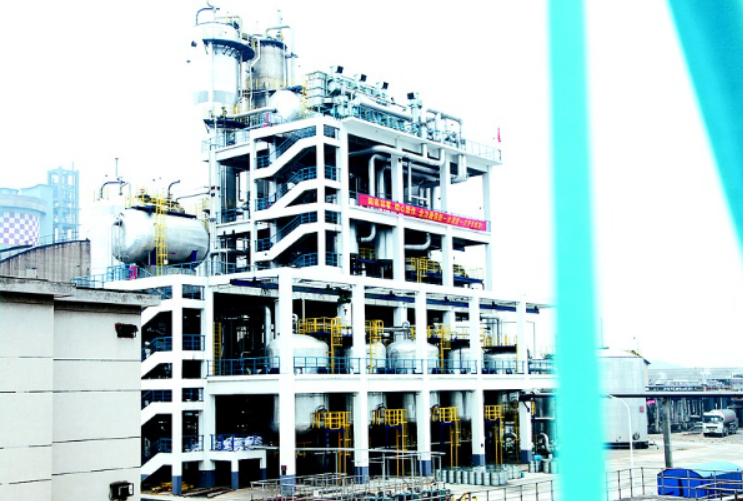Measuring Hydrogen Peroxide in the Paper and Pulp Industry
Hydrogen peroxide is one of the most common bleaching agents. It is used as the primary bleaching agent in the textile industry, and is also used in pulp, paper, and many home laundry applications. Alkaline hydrogen peroxide is used as a bleaching agent for the mechanical pulp. The amount of base such as sodium hydroxide is less than that which is used in bleaching chemical pulps and the temperatures are lower.
How Can Hydrogen Peroxide Be Used as a Bleaching Agent?
In the textile industry, it is commonly used for bleaching cotton fabric. The addition of magnesium sulfate in the bleaching formula helps stabilize the bleaching system for cationized cotton, improving whiteness index and fabric strength. In the pulp and fiber industry, hydrogen peroxide is used to eliminate lignin content and achieve high color brightness. The concentration of hydrogen peroxide used affects the degree of whiteness and fabric properties such as stiffness and tensile strength. In the treatment of wool fibers, a low-temperature bleaching activating agent is adsorbed on the surfaces of the fibers before bleaching with hydrogen peroxide, reducing damage to the fibers and improving bleaching performance. Hydrogen peroxide can also be used for bleaching wood, where it is mixed with other chemicals and applied to the wood surface, resulting in an ideal bleaching effect

Why does Pulp and Paper Industry Used Hydrogen Peroxide?
Hydrogen peroxide used as a bleaching agent in the paper and pulp industry to whiten and brighten paper and other cellulose-based products. It is used in both chemical and mechanical pulping processes to remove lignin, the natural polymer that gives wood its brown colour.
In chemical pulping, hydrogen peroxide is used in combination with other chemicals, such as sodium hydroxide, to remove lignin from wood chips. The resulting pulp is then bleached with hydrogen peroxide to produce a bright white colour.
In mechanical pulping, hydrogen peroxide is used to bleach the pulp after it has been mechanically separated from the wood. This process, known as chemical mechanical pulping (CMP), produces pulp with bright white colour and improved strength properties.
Hydrogen peroxide is also used in the paper and pulp industry to bleach recycled paper and to remove contaminants, such as inks and dyes, from the pulp.
Overall, hydrogen peroxide is an important bleaching agent in the paper and pulp industry because of its ability to produce bright white colours and improve the strength and quality of the final product.
Bleaching with Hydrogen Peroxide
- Whitening and Brightening Pulp: Hydrogen peroxide is used as a bleaching agent in the paper industry to whiten and brighten pulp. It is particularly effective for mechanical pulp, such as groundwood and thermomechanical pulp (TMP), which contain lignin. Lignin is a natural polymer that gives pulp its color, and hydrogen peroxide helps break it down, resulting in brighter and whiter paper products.
- Environmentally Friendly Bleaching: Many paper manufacturers prefer hydrogen peroxide because it is more environmentally friendly than traditional chlorine-based bleaching agents. Chlorine-based bleaching can produce harmful chlorinated compounds as byproducts, which are detrimental to the environment. In contrast, hydrogen peroxide breaks down into water and oxygen, making it a safer option.
- Mechanical Pulp Bleaching: Hydrogen peroxide is particularly useful for bleaching mechanical pulps, which have a higher lignin content compared to chemical pulps. Hydrogen peroxide effectively breaks down the lignin without damaging the cellulose fibers, resulting in high-quality paper products.
- Brightening Agent: In addition to its bleaching properties, hydrogen peroxide can also act as a brightening agent, enhancing the brightness and optical properties of paper. This is particularly important for producing high-quality papers used in printing and publishing.
















